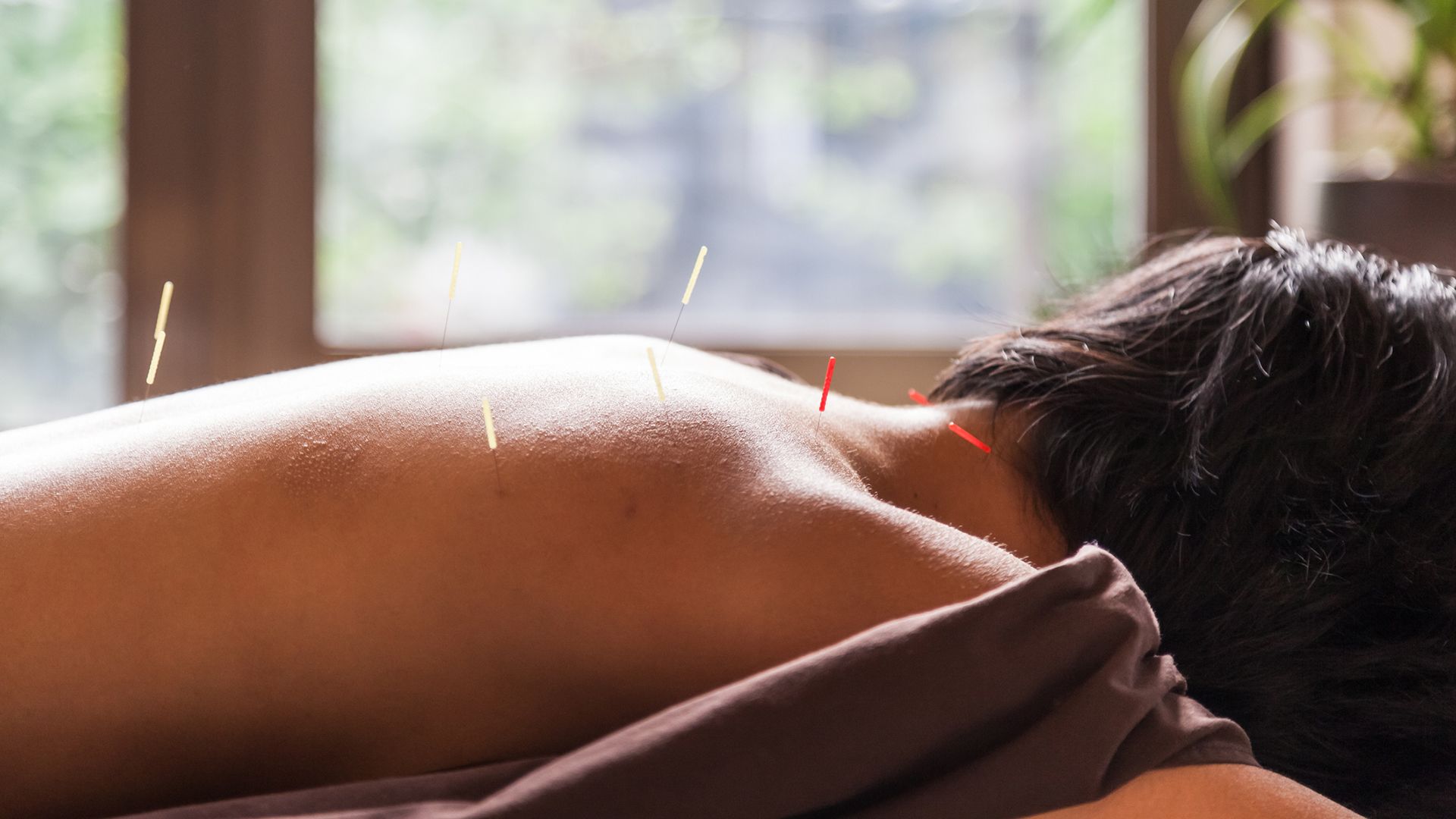Updated on June 2, 2022
Migraines are common. It is estimated that 10 percent of men and 20 percent of women experience a migraine at some point in their lifetime. For some, migraines are a regular, almost daily occurrence—people who have chronic migraine experience 15 or more headache days a month, with migraines on at least 8 of those days. To be diagnosed with chronic migraine, these symptoms must persist for three months or longer.
But even people with episodic migraine (14 or fewer headache days a month) can experience frequent migraines.
Headaches and other symptoms
While headaches are perhaps the most well-known symptom, they are not the only symptom. During a migraine attack, a person may experience a variety of symptoms, including nausea, vomiting, sweating, blurred vision, or visual aura (spots of light). It can take a few hours to several days for the pain to subside. After an attack, a person may experience fatigue, changes in mood, lightheadedness, muscle stiffness, changes in appetite, malaise, and/or difficulty concentrating.
Avoiding triggers
A trigger is something that acts as a catalyst for a migraine attack. Avoiding triggers is an important aspect of managing migraines. Some of the most commonly documented migraine triggers include:
- Physical or emotional stress
- Changes in sleep patterns
- Sensory stimuli such as bright lights or loud noises
- Certain odors or smells (perfumes, exhaust fumes, cigarettes, some foods)
- Fluctuations in hormones (for example, during a menstrual cycle or while taking hormonal birth control)
- Skipping meals or going a long time between meals
- Dehydration
- Alcohol or caffeine
- Certain foods, including red wine, aged cheese, smoked fish, organ meats, dried fruits, beans), foods containing monosodium glutamate (MSG), foods containing nitrates (bacon, hot dogs, salami), chocolate, nuts, peanut butter, avocado, banana, citrus, onions, dairy products, and fermented or pickled foods.
It is important to understand that triggers vary from person to person. People who experience migraines are encouraged to keep a headache diary to track potential triggers and identify patterns in symptoms.
Getting treatment
While avoiding triggers is an important aspect of treating migraine, is it not the only aspect of treatment. People who experience migraines should see a healthcare provider who can evaluate symptoms, make a diagnosis, and prescribe a treatment plan that addresses your needs. A treatment plan will take into account factors such as the frequency and severity of your attacks, the degree of disability your symptoms cause, and your medical history.
There are numerous treatments for migraines. Treatments fall into two broad categories:
- Therapies that are taken during migraine attacks to relieve pain and stop symptoms that have already begun. These are called acute therapies, abortive therapies, or symptomatic therapies.
- Therapies that prevent migraine attacks from occurring, which work to reduce the number of headache days and migraine episodes. These are called preventive therapies.
In addition to avoiding triggers, a healthcare provider may recommend other lifestyle changes. These may include losing weight, making changes to diet, quitting smoking, improving sleep habits, stress-relieving activities, and getting more exercise.






